How to Stop Itching After Shaving — Fast Relief + Best Products
-
Follow a 0-48-hour rescue plan after shaving to soothe itch and avoid future irritation.
-
Use fragrance-free, alcohol-free balms and gentle shaving soaps.
-
Upgrade your razor, shave with the grain, and moisturize well.
-
Shop our Post-Shave Relief Kit → includes pre-shave oil, soap & aftershave balm to calm irritation fast.
What You’ll Learn
-
Why does your skin itch after shaving (razor burn, follicles, ingrown hairs).
-
A simple rescue plan (0-48h + prevention steps).
-
Best products for sensitive skin & irritation.
-
FAQs: “When should I worry?”, “Natural remedies?”, “Best aftershave for down-there”, etc.
0-48 Hour Rescue Plan (How to Stop Itching After Shaving Immediately)
Here’s what to do immediately after shaving and in the first 2 days to reduce itch fast:
|
Time |
What to Do |
Why It Helps |
Product Recommendation |
|
0-30 mins (Right after shaving) |
Rinse with lukewarm water → cool rinse. Pat dry (don’t rub). Apply a fragrance-free, soothing balm. |
Removes shaving cream/gel residue, closes pores, lowers inflammation. |
After Shave Balm & Pre Shave Oil – Sea Buckthorn & Aloe Vera → hydrates + calms skin. |
|
30 mins-12 hours |
Avoid tight clothing. Don’t shave again. Use a mild cleanser if needed. If swelling/redness is big, a 1% hydrocortisone cream may help (short-term). |
Prevents friction, let's skin begin healing; corticosteroid reduces histamine response. |
— |
|
12-48 hours |
Use gentle exfoliation (with soft cloth or mild scrub) to release trapped hairs. Apply moisturizer twice a day. Continue balm. |
Prevents ingrown hairs, maintains a barrier to reduce future itch. |
Shaving Soap – Oudh & Sandalwood in light lather + After Shave Balm refill. CTA Button: Try Soap + Balm Combo |
Why Shaving Causes Itching
There are a few common culprits — understanding them helps you pick the right fix.
-
Razor burn/ friction: Using dull blades, shaving too often, shaving without lubrication or shaving cream → micro-tears in skin.
-
Ingrown hairs/ razor bumps: Especially if hair is curly, shaved too close, or against the grain.
-
Folliculitis: Infection of hair follicles (bacterial or fungal) due to bacteria, humidity, or tight clothes.
-
Skin sensitivity / harsh products: Alcohol, strong fragrance, drying soaps or chemicals can strip the skin barrier.
Prevention: Best Shaving Routine Going Forward
Here’s how to avoid an itch before your next shave and on an ongoing basis:
-
Prep well: Trim longer hairs. Soak skin or take a warm shower. Use pre-shave oil or balm to soften.
-
Choose the right tools: Fresh blades or high-quality safety razor. Single-blade razors if prone to cuts.
-
Shave smart: Shave with the grain (in hair growth direction). Let shaving cream/soap sit for 2-3 minutes. Don’t press too hard. Rinse the blade often.
-
Post-shave aftercare: Rinse with cool water. Use gentle, fragrance-free balm or lotion. Moisturise daily. Avoid perfumed or alcoholic aftershaves.
-
Weekly check/ care: Exfoliate gently one or two times per week. Check for ingrown hairs or bumps. Treat early.
Best Products from Pink Woolf for Post-Shave Relief
All products are fragrance-balanced and skin-consonant.
|
Product |
Key Benefit |
|
After Shave Balm & Pre Shave Oil – Seabuckthorn & Aloe Vera |
Dual-use: pre-shave oil to soften hair + after shave balm to calm skin. Sea buckthorn + aloe soothe and reduce inflammation. |
|
Rich lather; natural oils; clean shave with less friction; woodsy fragrance mild for sensitive skin. |
|
|
Shaving Starter Kit Combo for Men (Pack of 4) |
Full set: soap, balm, brush, maybe blade. Great gift or first-timer kit to ensure all pieces are suited to sensitive skin. |
Special Tips for Different Body Areas
-
Face / Beards: Softer hair + frequent shaving = higher risk of bumps. Use warm water, let the soap stay 1-2 minutes before shaving. Use post-shave balm each time.
-
Legs / Arms: Less sensitive generally, but still need hydration and gentle strokes. Avoid shaving over dry skin.
-
Pubic region & intimate areas: Trim first. Use fragrance-free, very mild shaving cream. Stretch skin gently while shaving. Clean the blade after every swipe. Change blades frequently.
FAQs — Quick Answers for Common Questions
Below are quick, helpful answers to what most people ask about post-shave itching.
-
How long should I expect itching after shaving to last?
Usually, 24-72 hours if you follow a good aftercare routine. If it worsens, lasts longer than a week, or has pus/red streaks, see a dermatologist. -
Can I use hydrocortisone on shaved skin?
Yes, a low-strength (1%) hydrocortisone cream can reduce itch and inflammation, but limit use to a few times to avoid thinning skin. Patch test first. -
What natural remedies help with post-shave itching?
Aloe vera gel, cool compress, tea tree oil (sparingly), and chamomile tea soaks. Use pure and fragrance-free versions. -
Is shaving vs waxing better for itch prevention?
Shaving is gentler in terms of heating; waxing pulls hair from the root, often more painful and may lead to ingrown hairs. Both have pros/cons; good aftercare is essential regardless. -
Which aftershave products are good for sensitive skin?
Look for fragrance-free, alcohol-free, minimal ingredient balms with soothing agents like aloe, sea buckthorn, allantoin, and shea butter. Avoid menthol or strong essential oils. -
How do I avoid ingrown hairs after shaving?
Shave in the direction of hair growth, don’t let the blade skip or tug, exfoliate lightly after a day, moisturize, and avoid tight clothes. If ingrown hair appears, warm compress + gentle exfoliation. -
Can I shave every day?
Generally not recommended if you have sensitive skin or thick hair — over-shaving increases irritation. If you must, use very mild creams, fresh blades, and good aftercare. -
Should I change my razor/blade more often?
Yes. Dull or rusty blades cause more drag, micro-tears, and increase itch. Replace regularly or use disposable covers. Clean well after each use. -
What about post-shave care for darker skin tones?
Darker skin tends to form more visible razor bumps and pigmentation from irritation. Gentle routines, avoiding friction, and treating any bumps early help prevent long-term discolouration. -
When should I see a doctor?
If you see signs of infection (pain, pus, red streaks), if the itch is severe and not relieved by OTC care in >1 week, or if you suspect allergic reactions.
Final Thoughts
A little care just after shaving, and the right products, can make a huge difference. Itching doesn’t have to be the norm — you can have smooth, comfortable skin with:
-
Proper preparation
-
Gentle shaving technique
-
Soothing, fragrance-free skincare
-
Smart product use


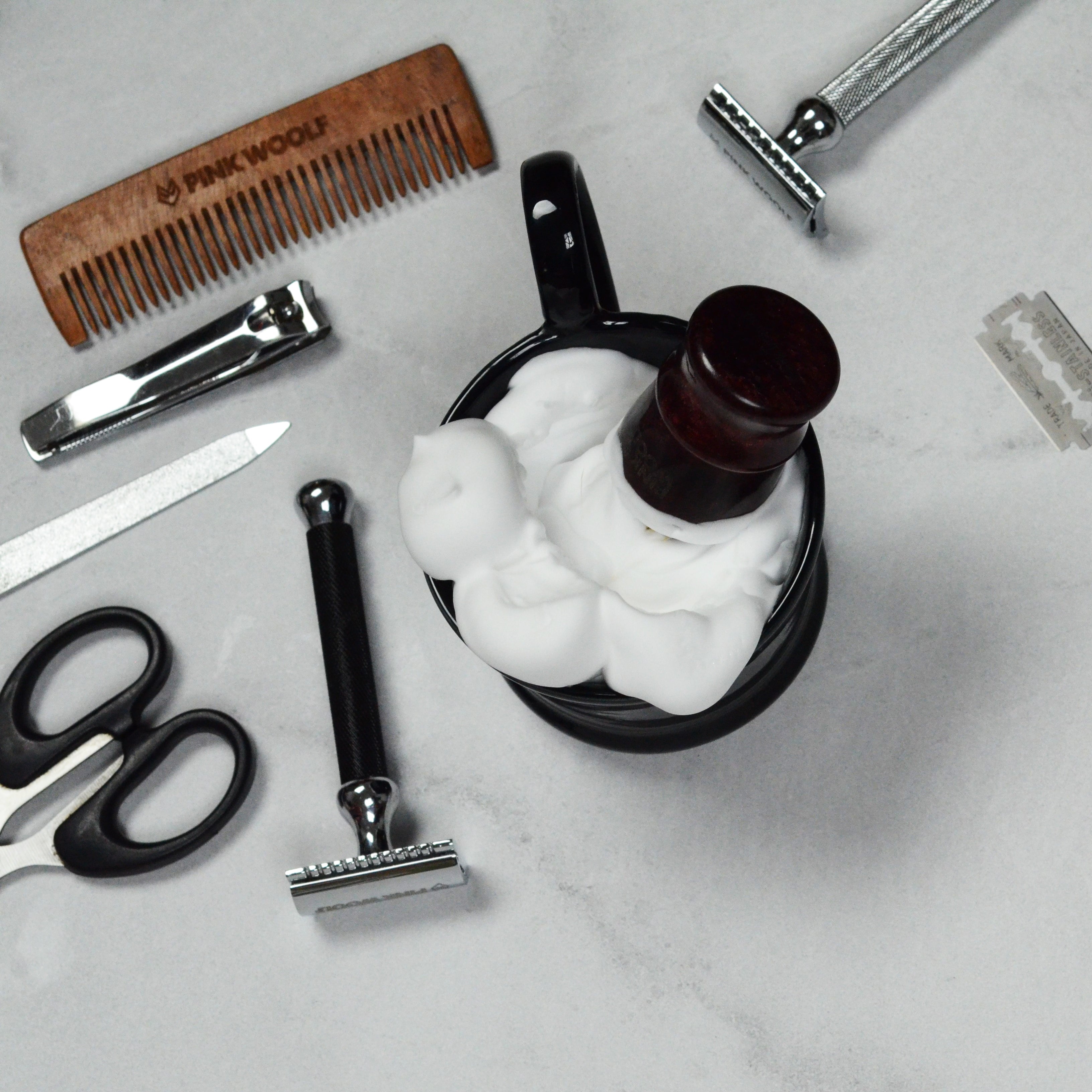
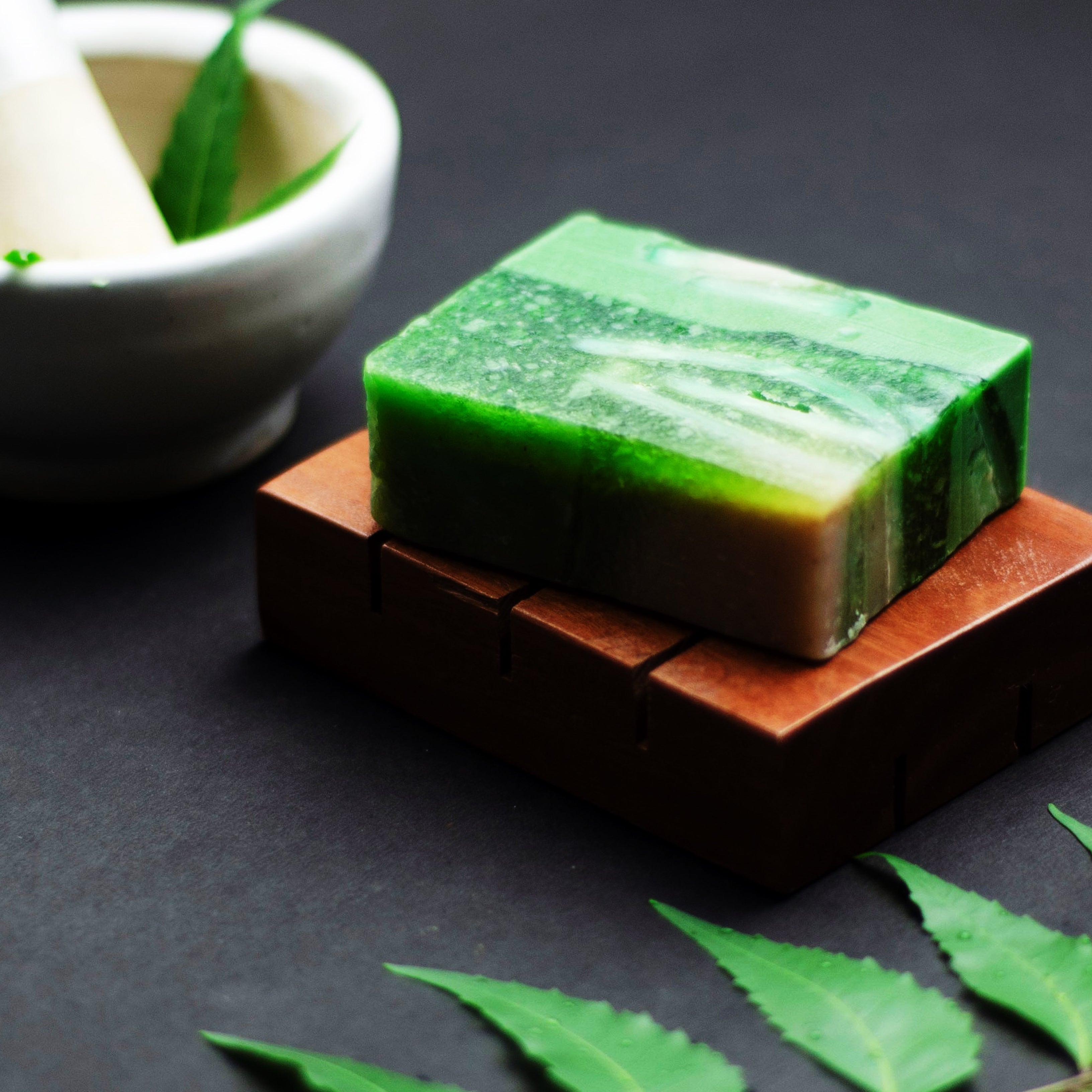
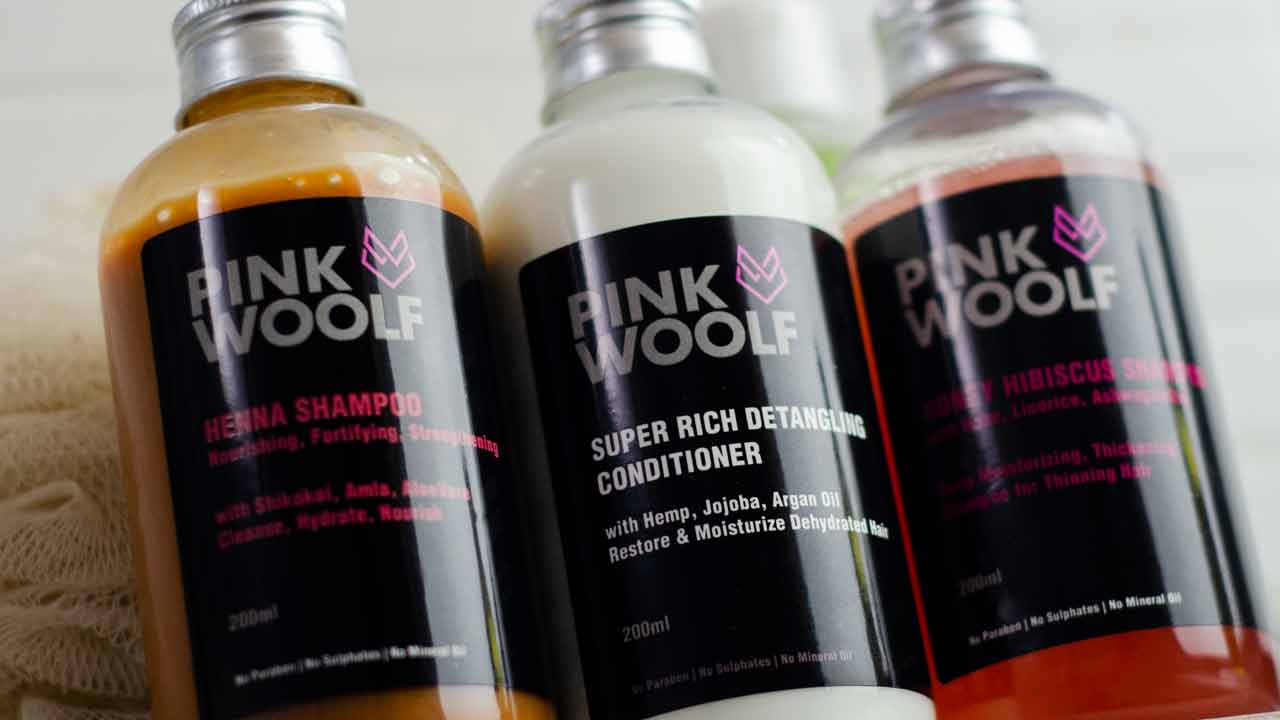
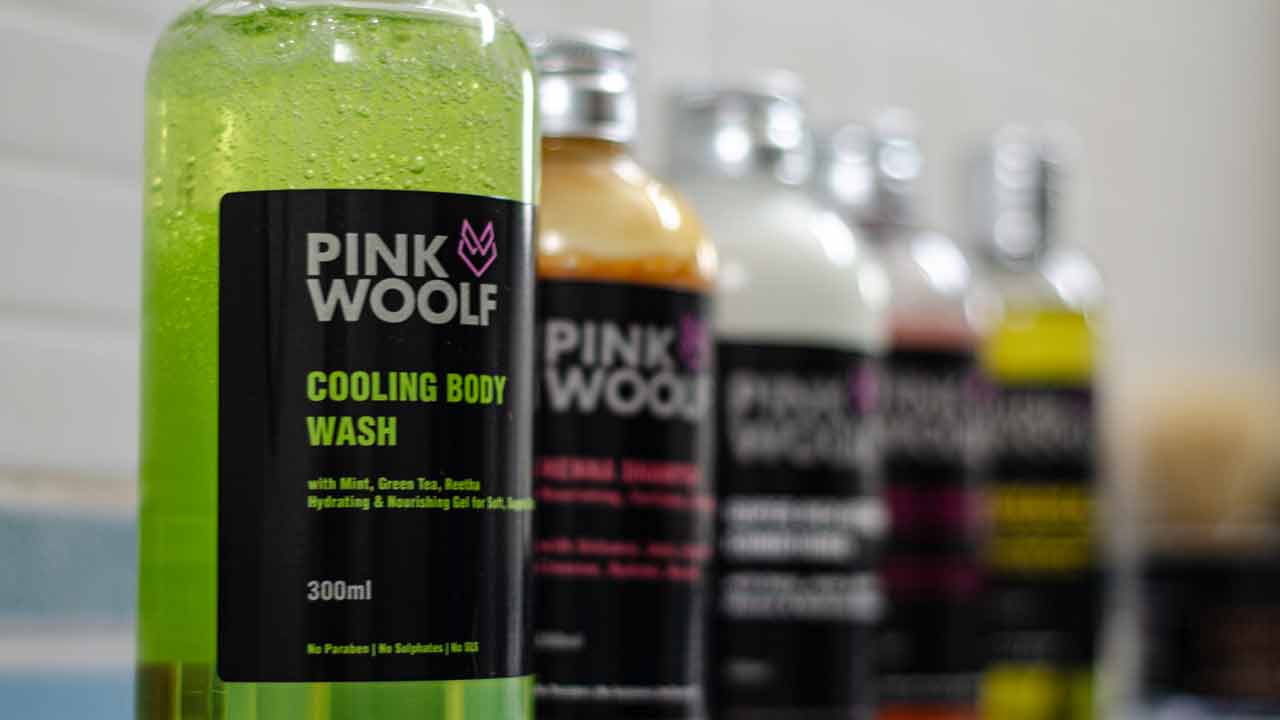
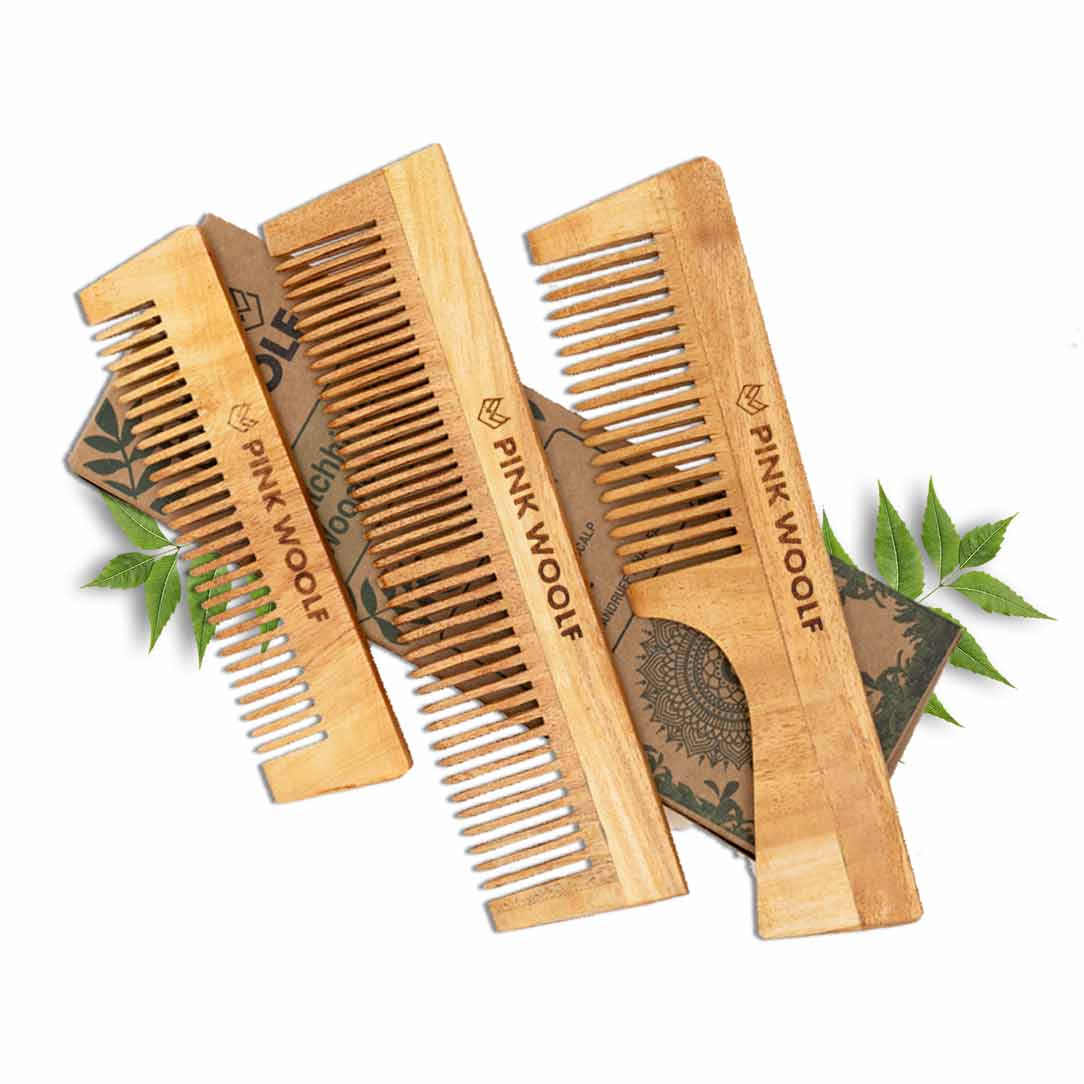
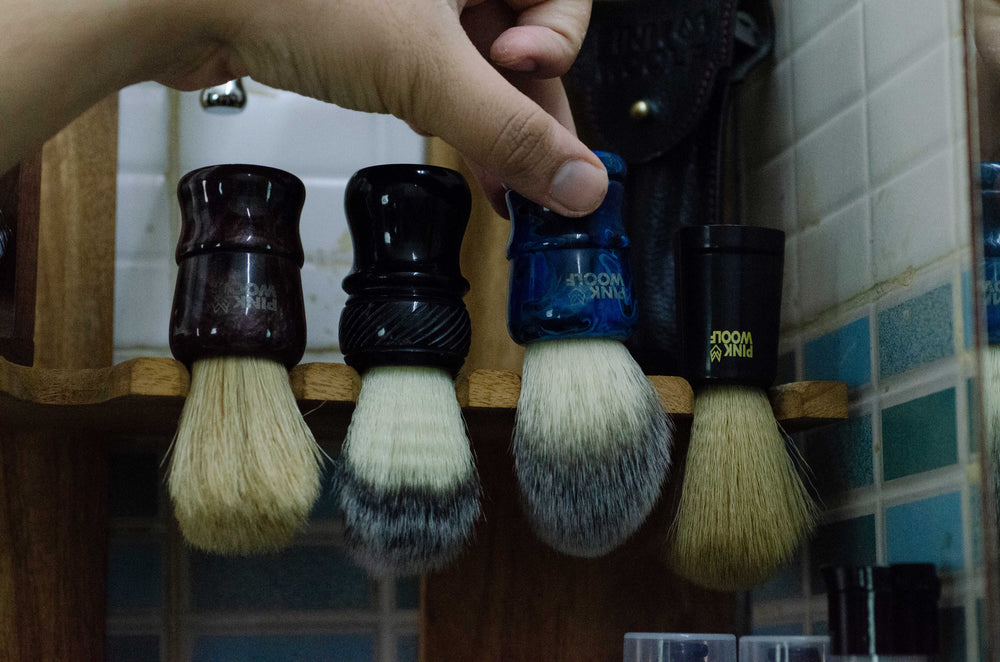
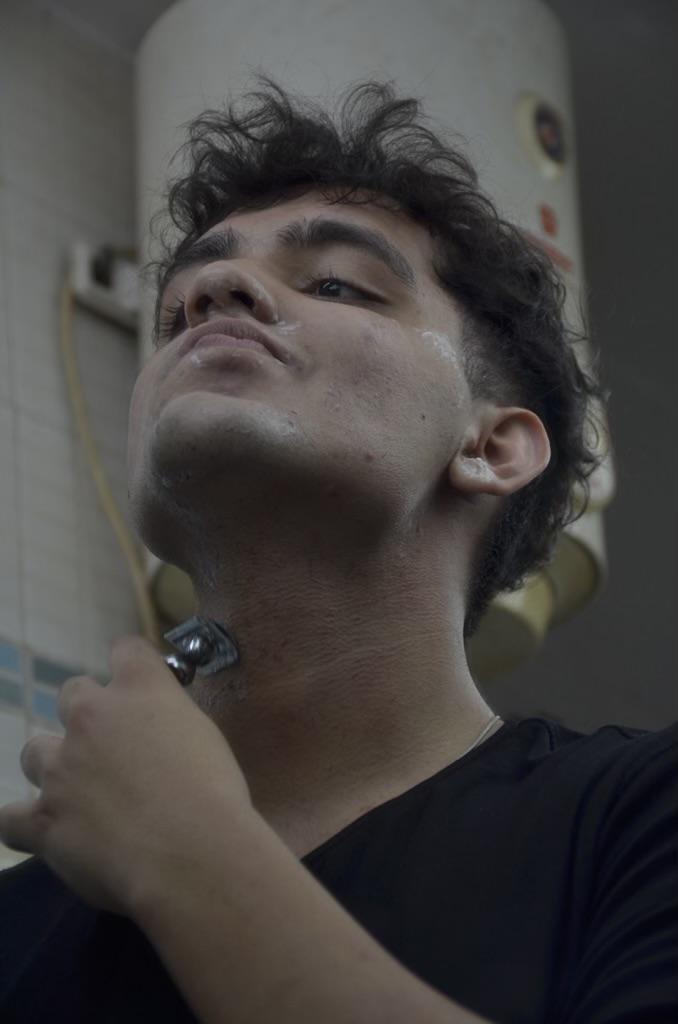
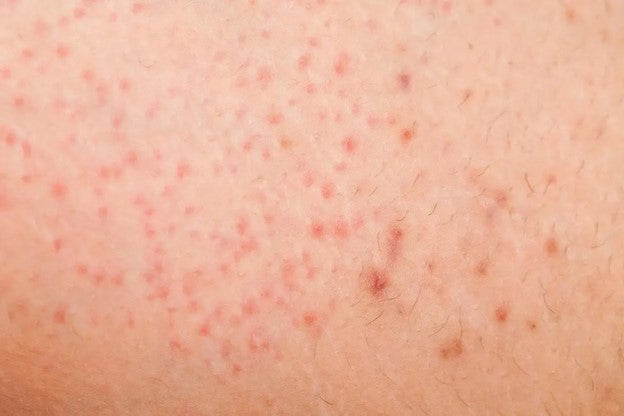
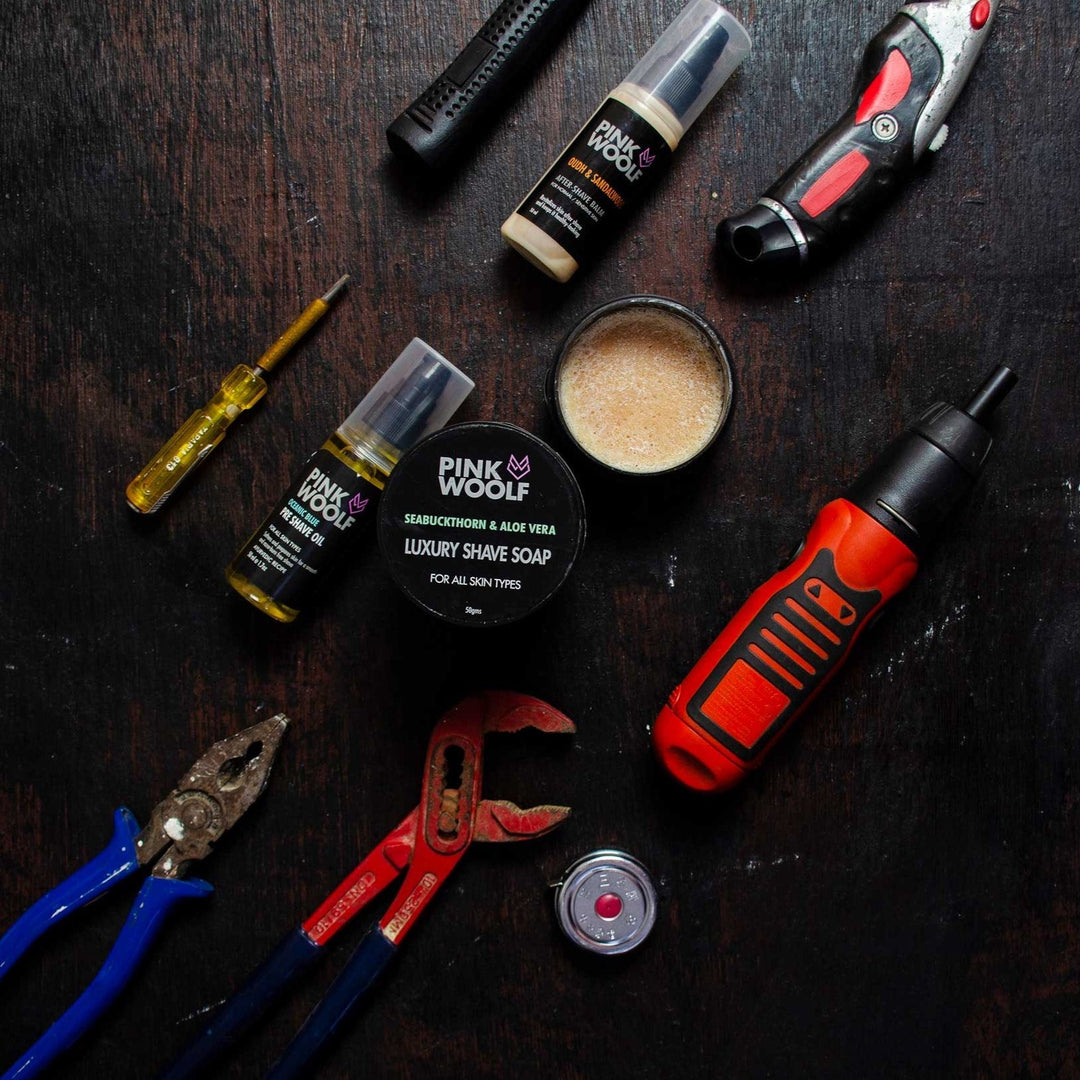
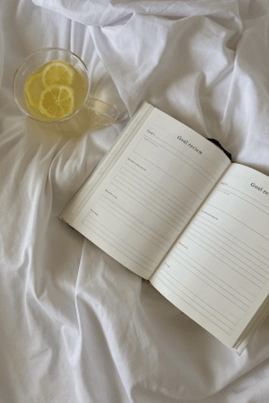
Leave a comment